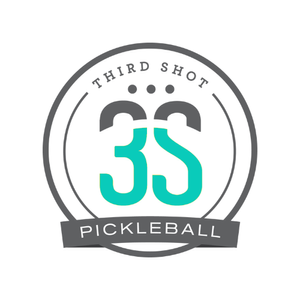The growth of pickleball has been astonishing. In a very short period the sport has changed from an obscure, niche pastime enjoyed by a relatively small group of people into a major contender for how people choose to spend their time, energy and money. If it isn't yet mainstream, it is well on its way. The fact that very large sporting companies are getting in on the action and that major tournaments like the US Open are going to have a presence on television, signals that pickleball has grown up.
But what does this mean for how the game is played? How will the expansion of pickleball influence what happens on the court? We've got a few ideas...
MORE POWER. As more people enter the game, there are more potential customers for paddle manufacturers. And they are all vying to produce something new and cutting edge. As paddle technology develops, the paddles are becoming both more powerful and better equipped to deliver serious spin. These changes are going to privilege the power game and the result will be fewer third shot drops and less dinking.
MORE MOVEMENT. The prohibition on volleying in the kitchen means that in pickleball it is relatively easy to isolate a particular player and freeze out the stronger opponent. In order to combat this, players are going to start being more creative about how they move around the court. Poaching will just be the tip of the iceberg!
BIGGER SERVES AND RETURNS. Players have already started to use the serve and return to gain an advantage. This will continue and we will start to see much more creative play on the first two shots. Extreme spin and angles can be expected!
While not everyone will look forward to these changes, I do think they are inevitable. Steps can be taken to shape the game (e.g. new paddle and ball specifications; rule changes; court size adjustments) but these are difficult changes to make. And as more people get into the game, the level of the best players will continue to grow. And the nature of sport is always that top players will look for creative ways to gain a competitive advantage. This is where innovation begins and from my side of the net, that’s a pretty exciting thing to watch.
Mark Renneson is a pickleball coach, 5.0 player and the founder of Third Shot Sports. You can comment on this article by emailing mark@thirdshotsports.com
